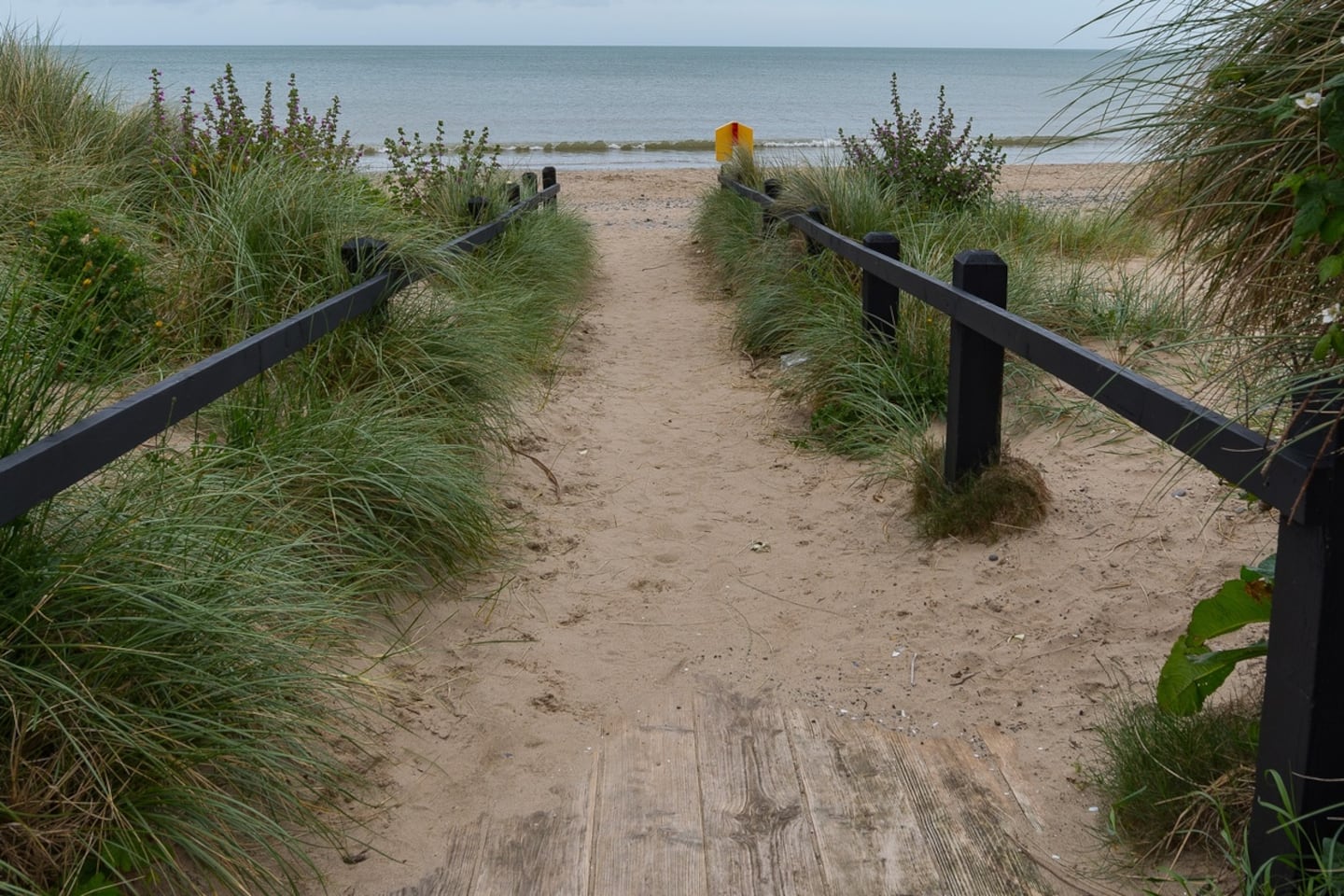After a quiet first 10 months of the year on the deal-making front by CRH’s standards, chief executive Albert Manifold has been busy of late.
Having agreed last month to sell CRH’s European lime business for €1 billion and buy a cement and ready-mix concrete business in Texas for $2.1 billion (€1.9 billion), Manifold raised eyebrows on Monday by unveiling a deal in Australia.
The company, which has had a small presence in Australia since 2009 and about 400 employees there (0.5 per cent of its total workforce), has joined forces with a big shareholder in Sydney-based cement group Adbri to launch a takeover bid for the business.
It values Adbri, formerly known as Adelaide Brighton, at the equivalent of €1.3 billion and would leave CRH with a 57 per cent stake.
READ MORE
If anything, it had been in retreat from locations outside of its core European and North American markets in recent times. It sold its 50 per cent stake in an Indian joint venture in 2019, followed by the disposal in 2020 of a Brazilian business acquired five years earlier under a €6.5 billion takeover of an international portfolio of assets from Lafarge and Holcim.
It’s widely seen as only a matter of time before a cement business in the Philippines that was also acquired under the Lafarge-Holcim deal is sold off.
[ Angry CRH shareholders say they have been misinformed by company’s registrarOpens in new window ]

2023: The year in business
CRH now generates three-quarters of its annual earnings in North America and moved its main stock exchange listing to Wall Street in September — partly in a bid to secure more business under the Biden administration’s multibillion-dollar infrastructure plan.
Analysts at Bank of America and Citigroup conceded that CRH’s trip down may be something of a head-scratcher for shareholders, even if they concluded, on balance, that it makes strategic sense. Follow-up bolt-on purchases should be expected, assuming the deal is approved by competition authorities.
“The Australian building materials market, while typically lower growth than parts of the US, has very attractive fundamentals,” said Bank of America’s Arnaud Lehmann. He highlighted that the local market is highly concentrated with Adbri and two rivals, Cement Australia and Boral, controlling 80 per cent of cement production — and that the medium-term outlook for cement is supported by strong infrastructure spending.
Investors have been less excited, with the stock declining slightly on Monday.
- Sign up for Business push alerts and have the best news, analysis and comment delivered directly to your phone
- Find The Irish Times on WhatsApp and stay up to date
- Our Inside Business podcast is published weekly – Find the latest episode here














